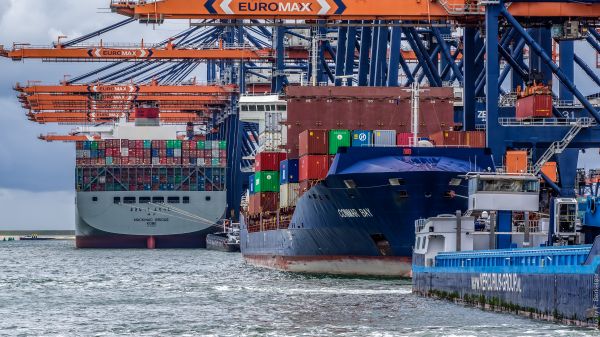Shipping Tractors from Guangzhou/Shenzhen to Oldenburg Port, Germany: A Comprehensive Guide
1. Shipping Options: FCL vs. LCL
When shipping tractors, two primary sea freight options are available:
Full Container Load (FCL): If you are shipping large quantities of machinery or a complete tractor, a full container load might be the best option. This is ideal for customers who need to transport a significant amount of equipment, as it ensures that the container is solely used for your shipment. For heavy items like tractors, a 20ft or 40ft container is typically used, depending on the size and quantity of the tractors.
Less-than-Container Load (LCL): For smaller shipments or if you only need to ship one or a few tractors, LCL might be more economical. In LCL, your cargo shares space in a container with goods from other shippers. Although it is a more cost-effective option, it can take longer to consolidate and deconsolidate the cargo.
2. Transit Time
For sea freight between Guangzhou/Shenzhen and Oldenburg Port, Germany, the estimated transit time is 32 days. This time frame may vary depending on factors such as weather conditions, port congestion, and the specific shipping route taken.
FCL Shipping Transit Time: The estimated transit time for FCL shipments is about 32 days, with a direct route to Oldenburg Port. The process includes pick-up from the port of origin, loading onto the vessel, ocean transit, unloading at the destination port, and customs clearance.
LCL Shipping Transit Time: LCL shipments generally take a bit longer due to the consolidation and deconsolidation process at both the origin and destination ports. While the ocean transit time is the same (32 days), expect extra time for handling at both ends.

3. Port to Port Shipping: CIF (Cost, Insurance, and Freight)
The CIF shipping term means that the seller assumes responsibility for the cost, insurance, and freight charges to the destination port. For tractors shipped to Oldenburg Port, this includes:
- Cost: The seller covers the cost of transporting the tractors from Guangzhou/Shenzhen to Oldenburg Port.
- Insurance: Insurance is included to cover any potential damage or loss during transit.
- Freight: The shipping line’s freight charges to Oldenburg Port are included in the price.
This is a comprehensive option that reduces the risk for the buyer, ensuring the cargo is protected against potential loss or damage during transit.
4. Packaging and Protection of Tractors
Packaging is crucial when shipping heavy machinery like tractors. Proper packaging ensures that the tractors arrive at their destination in good condition and comply with international shipping standards.
Crating: The most common packaging method for shipping tractors is crating. This involves placing the tractor on a wooden crate or platform, securing it with straps or bolts to prevent any movement during transit. Crates help protect the tractor from environmental factors such as moisture, dust, and potential impacts.
Covering and Sealing: For additional protection, the tractors can be covered with tarpaulins or shrink wrap to shield them from water, dust, and other elements. This also helps in keeping the cargo secure, especially if it is exposed to weather conditions during loading and unloading.
Stabilizing: For both FCL and LCL shipments, it’s essential to properly secure the tractors within the container to prevent shifting during transport. This can be done by using heavy-duty straps or wooden blocks to keep the machinery stationary. In the case of LCL shipments, each tractor may be placed in its own partitioned area within the container to minimize the risk of damage.
Labeling: Proper labeling and clear documentation are essential. Each tractor should have a label indicating its destination, handling instructions, and any special care requirements. These labels should be placed in visible areas on the packaging.
5. Customs Clearance and Delivery to Destination
Upon arrival at Oldenburg Port, the tractors will undergo customs clearance. This includes:
- Import Duties and Taxes: Import duties and taxes must be paid based on the value of the goods. This varies by country and is calculated according to the tariff classification.
- Delivery to Final Destination: Once cleared by customs, the tractors can be transported from the port to the final delivery address using a local trucking service. This delivery can be coordinated by the shipping company or a logistics provider.



